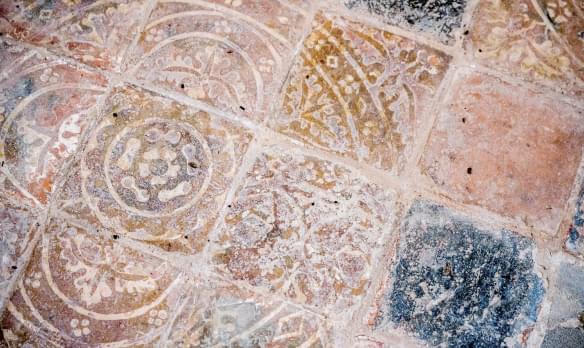
St Michael
Rossington, Yorkshire | DN11 0EZ
Welcome, come and enjoy our lovely old church of St Michael situated in the village of Old Rossington near Doncaster.
Search for a fascinating place to visit, or see the variety of churches, chapels and meeting houses we have supported.

Rossington, Yorkshire | DN11 0EZ
Welcome, come and enjoy our lovely old church of St Michael situated in the village of Old Rossington near Doncaster.
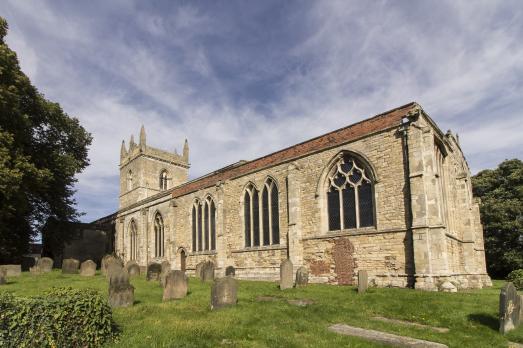
Barton upon Humber, Lincolnshire | DN18 5EZ
Our medieval church was originally one of two in the town, St Peter's is now in the custody of English Heritage.

Wincobank, Yorkshire | S5 6BB
We are pleased to welcome you to this Grade II listed chapel only five minutes walk from the site of the Ironage Hillfort on Wincobank Hill.

Braithwell, Yorkshire | S66 7AS
The Domesday Survey of 1086 records 'In Braduelle there is a church and a priest'.
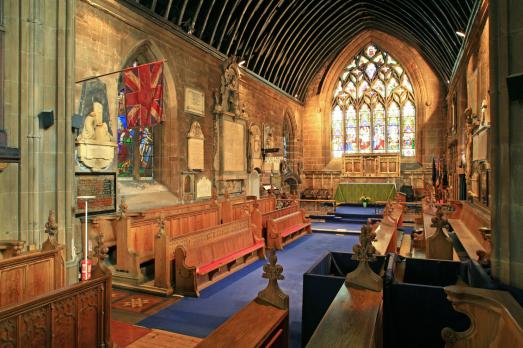
Stockport, Greater Manchester | SK1 1YG
St Mary's church is the oldest parish church in Stockport.
We have supported this church
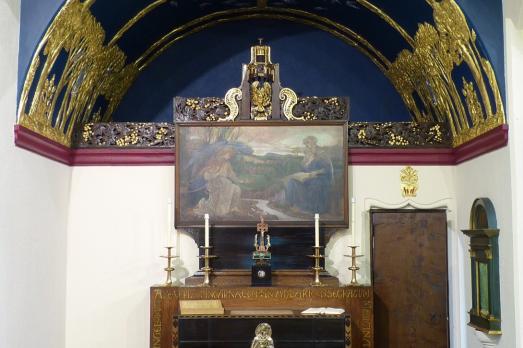
Low Marple, Cheshire | SK6 5DT
St Martin’s, dubbed the ‘hidden gem’ in Marple, is a simple Pennine sandstone building in the Arts & Crafts style, with windows and artefacts from that era.
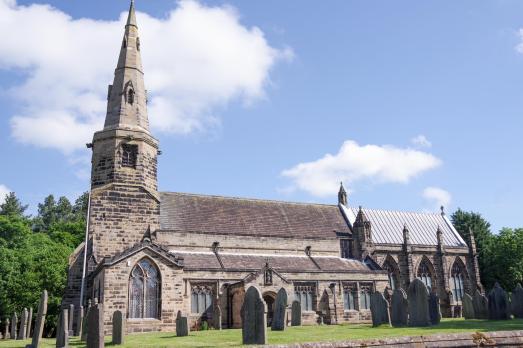
Halsall, Lancashire | L39 8RG
A medieval 700 year old parish church containing decorated and perpendicular styles and much pre Reformation fabric.

Ashton in Makerfield, Lancashire | WN4 9NP
Described as an 'architectural gem' and considered by Cardinal Bourne to be the most beautiful Catholic church in England!

Finningley, Yorkshire | DN9 3DA
The bell tower of the church was built between 1080 and 1090, probably on the site of an earlier Saxon church.
We have supported this church
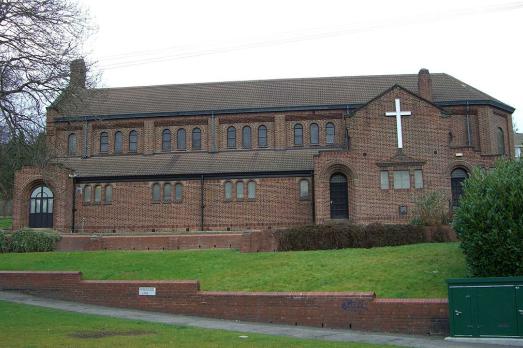
Malin Bridge, Yorkshire | S6 4WA
St Polycarp is a church that welcomes all ages, both to worship and enjoy our varied activities for the community.
We have supported this church

Bickerstaffe, Lancashire | L39 0EB
The church was built in 1843 by Sydney Smirke and enlarged 1860.
We have supported this church

Epworth, Lincolnshire | DN9 1ES
St Andrew’s has its origins in the 12th century and has architectural features from the 12th to the 15th centuries, with some later additions.
We have supported this church